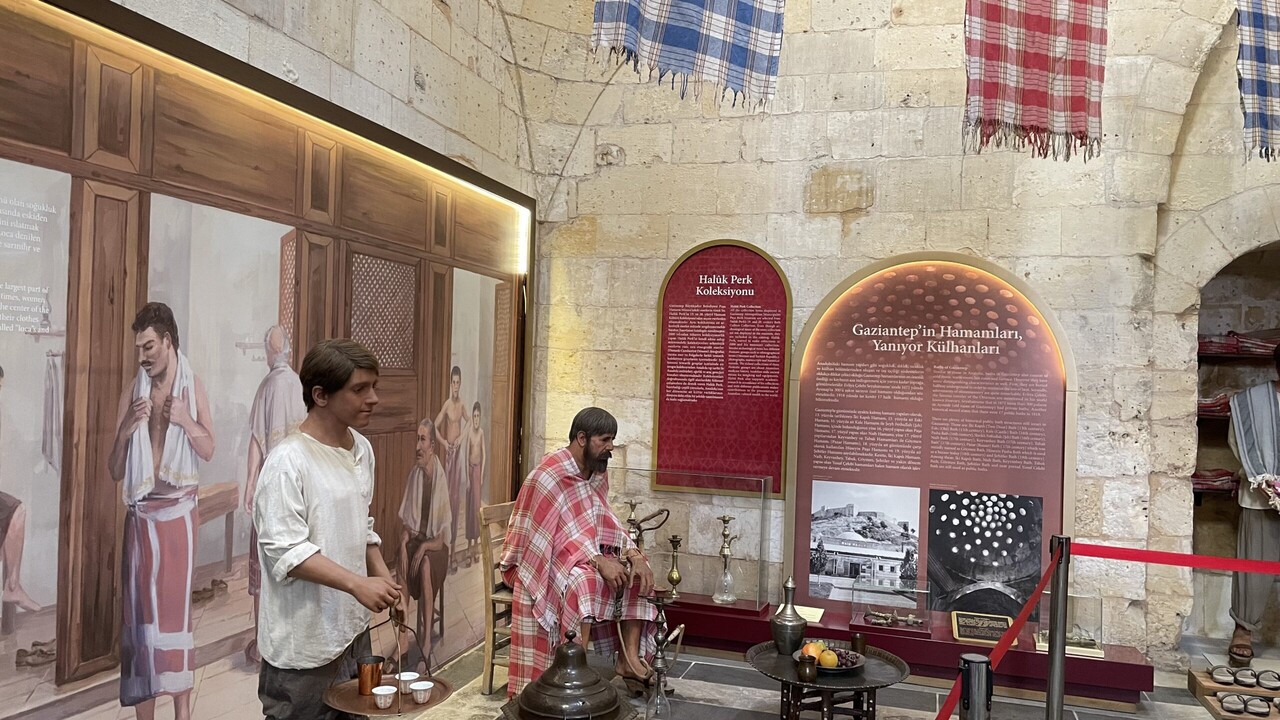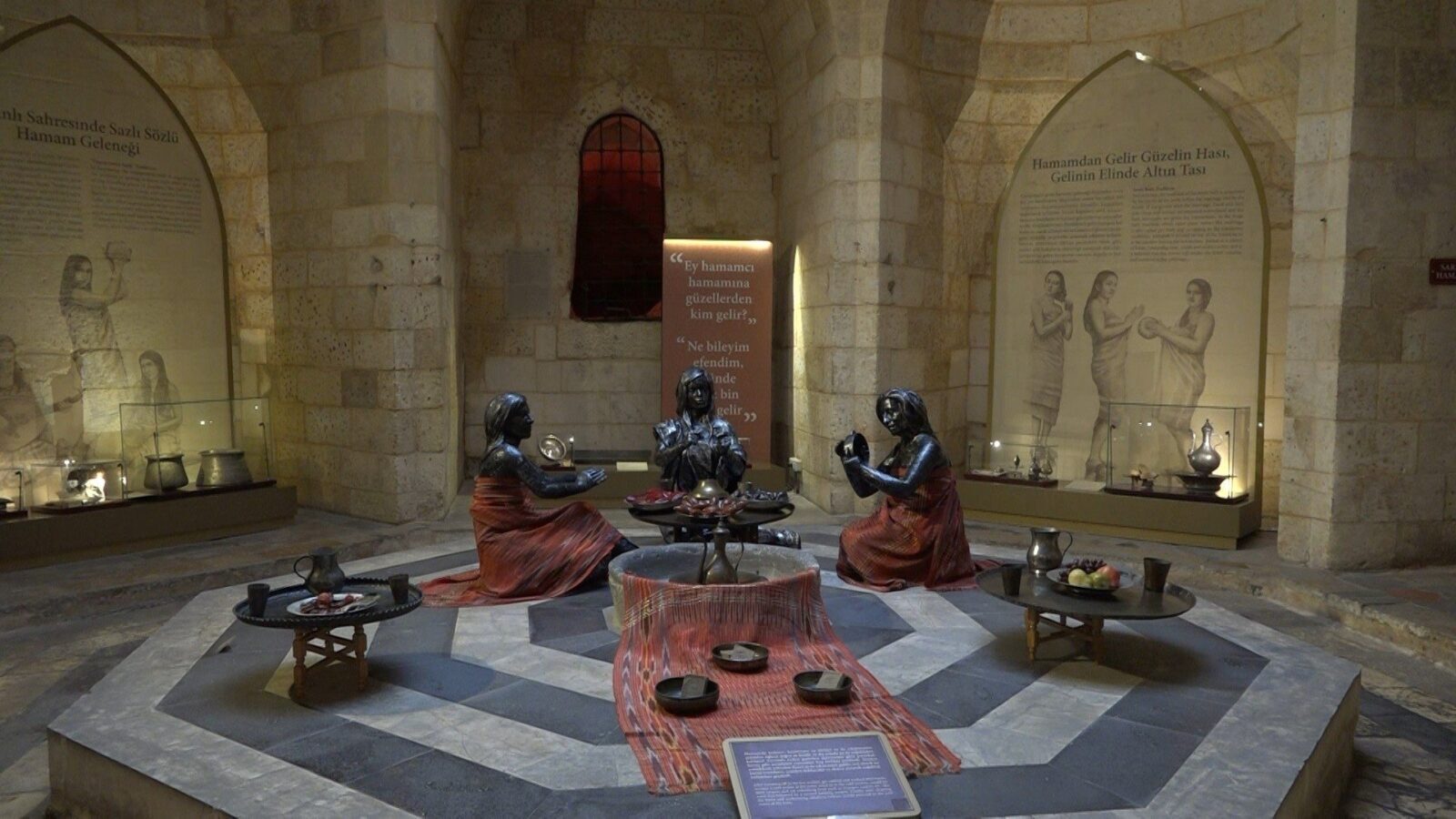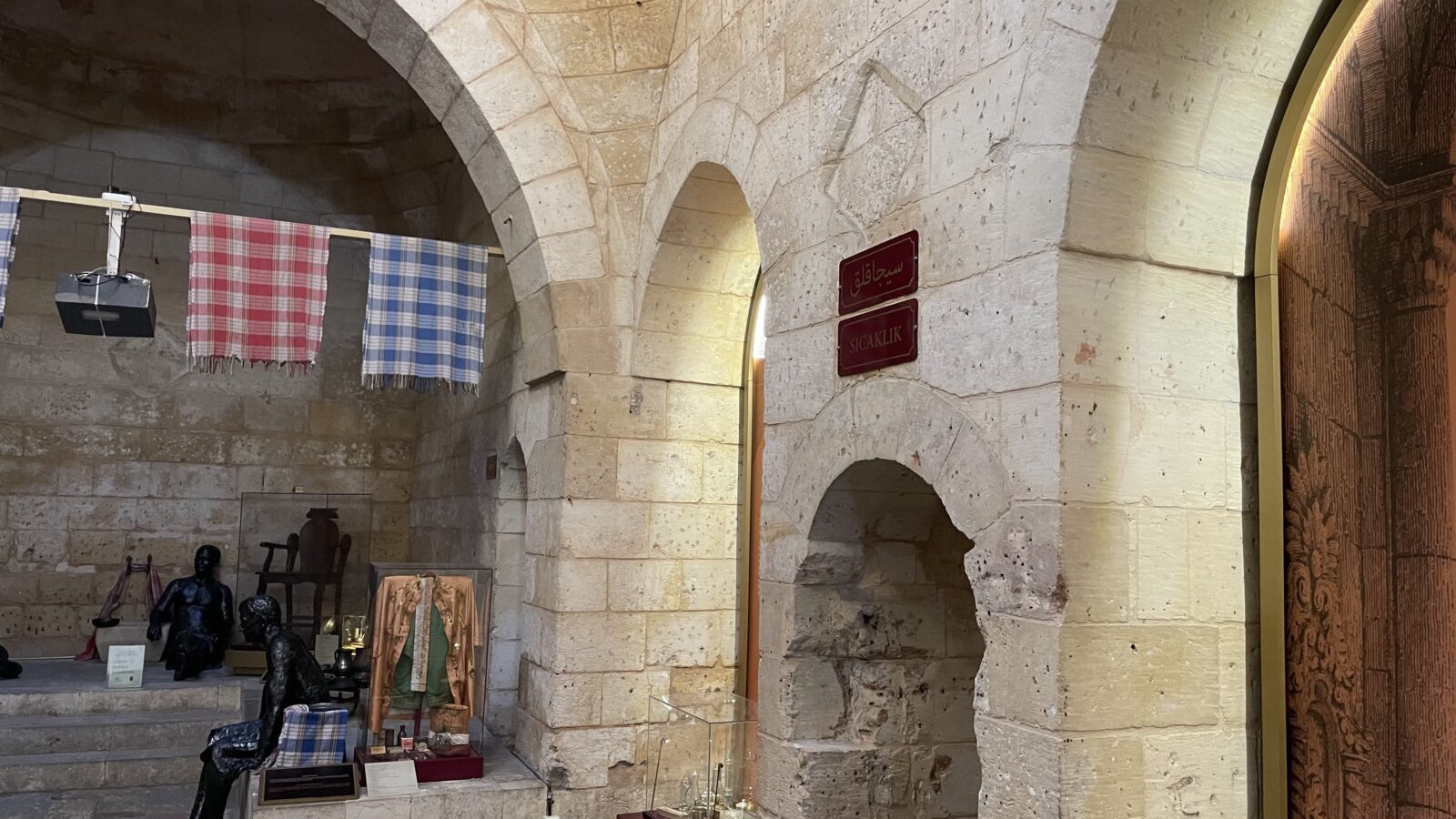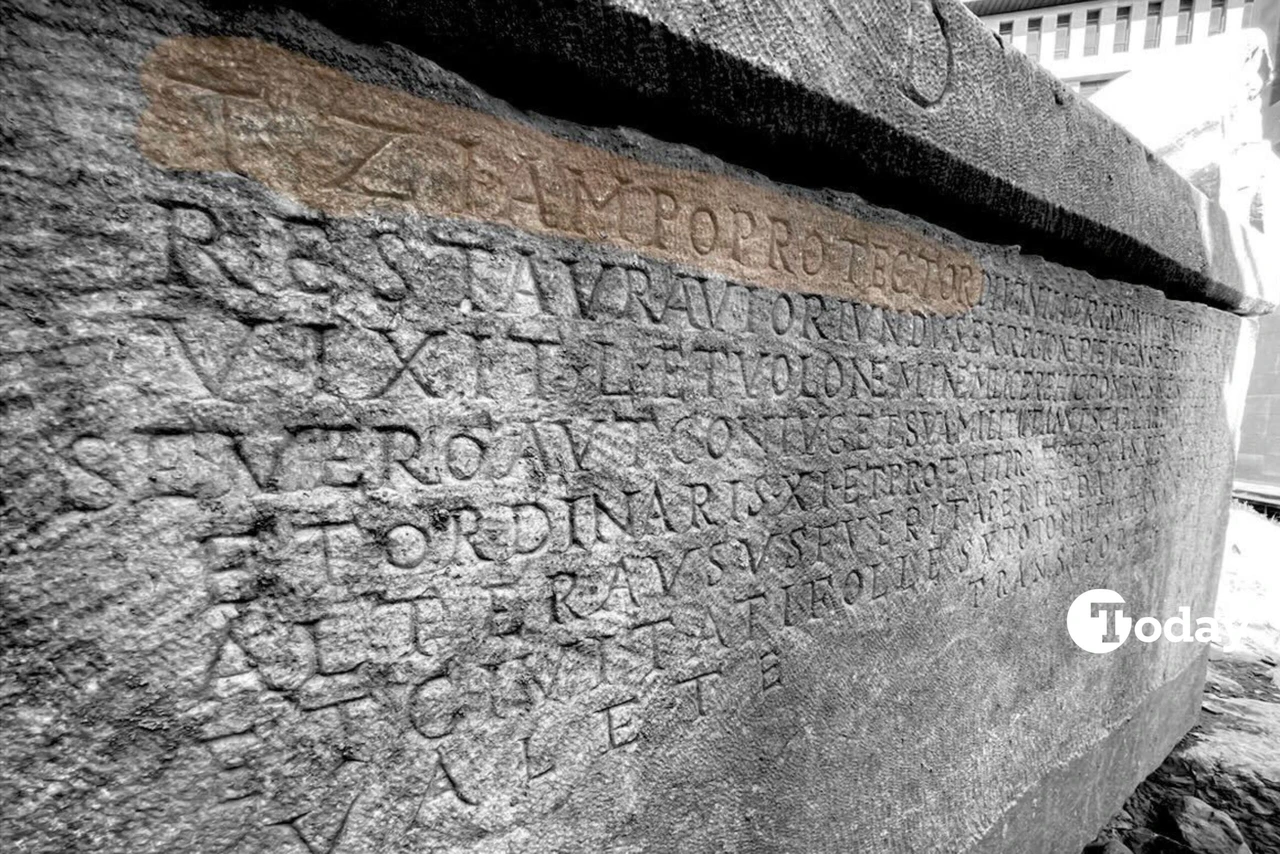Turkish hamam’s journey of cleansing and culture
 Gaziantep Hamam Museum, in Gazintep, Türkiye, March 14, 2024 (Photo by Koray Erdogan/Türkiye Today)
Gaziantep Hamam Museum, in Gazintep, Türkiye, March 14, 2024 (Photo by Koray Erdogan/Türkiye Today)
The Turkish bath, or “hamam,” stands as a timeless emblem of cleansing, relaxation, and cultural heritage in Türkiye. Originating from Roman and Byzantine traditions and further refined during the Ottoman Empire, the hamam is not merely a place for bathing but a sanctuary for physical and spiritual rejuvenation.
Historical and architectural marvel
Rooted in antiquity, the Turkish bath integrates architectural brilliance with practicality. Influenced significantly by Roman bathhouses, hamams evolved into grand structures featuring domed ceilings, marble interiors, and a complex network of hot, warm, and cold chambers. The layout typically includes the “caldarium” (hot room), “tepidarium” (warm room) and “frigidarium” (cold room), each serving specific therapeutic and social functions.


Cultural significance and social hub
Beyond its architectural splendor, the hamam embodies profound cultural and social significance. It serves as a communal space where people from all walks of life converge, not only to cleanse their bodies but also to nurture social bonds and uphold traditions. Rituals such as the “bride’s bath” and “sultan’s bath” underscore its role in pivotal life events and celebrations, adding layers of meaning to its existence.
Health benefits and therapeutic rituals
The therapeutic benefits of the Turkish bath are manifold. The combination of steam, water, and heat stimulates circulation, detoxifies the body, and revitalizes the skin. Traditional rituals like the “kese” (exfoliation) using a coarse mitt and the application of aromatic soaps and oils enhance the cleansing process, leaving the skin supple and rejuvenated. The soothing ambiance of the hamam also aids in stress relief, promoting overall well-being.

Traditional materials enhance experience
Central to the authentic hamam experience are its traditional materials:
- Kese Glove: Made from natural silk or cotton, the kese glove is essential for exfoliation in the steamy environment of the hamam. It removes dead skin cells, opens pores and leaves the skin smooth and renewed.
- Soap and Foam: Traditional hamam soap is crafted from natural ingredients, gently cleansing and moisturizing the skin. Foam massages during the bath provide relaxation and promote a sense of well-being.
- Tas (Bowl): Used for the ritualistic pouring of water over oneself or others, the tas completes the cleansing ritual and balances body temperature.
- Peshtemal (Turkish Towel): Made from lightweight, absorbent cotton, the peshtemal is used for drying off and lounging in the hamam’s relaxation area.
- Marble and Wooden Elements: The interior of the hamam often features marble surfaces and wooden benches, contributing to its luxurious yet serene atmosphere.

Modern adaptations and cultural continuity
While the essence of the Turkish bath remains rooted in tradition, contemporary hamams have adapted to modern lifestyles. Today, they continue to attract visitors seeking relaxation, hygiene, and cultural immersion. Modern amenities such as massage therapies, aromatherapy, and wellness treatments complement traditional bathing rituals, ensuring that the hamam experience remains relevant in the fast-paced world.
Preservation and future prospects
Efforts to preserve historic hamams across Türkiye highlight their enduring legacy. From the grandeur of Istanbul’s Cemberlitas Hamami to the intimate charm of rural bathhouses, each hamam tells a unique story of architectural prowess and cultural continuity. As custodians of this heritage, modern generations strive to safeguard these sanctuaries of wellness and tradition for future generations to experience and cherish.
In conclusion, the Turkish bath transcends mere hygiene; it is a profound cultural institution that celebrates the union of body, mind, and spirit. Its enduring allure lies not only in its architectural splendor and therapeutic benefits but also in its role as a timeless symbol of Turkish hospitality and cultural identity.



